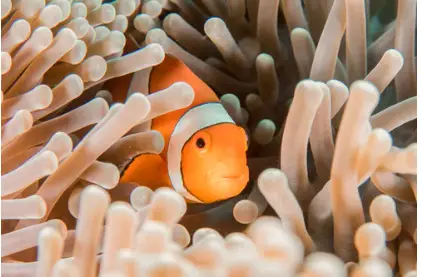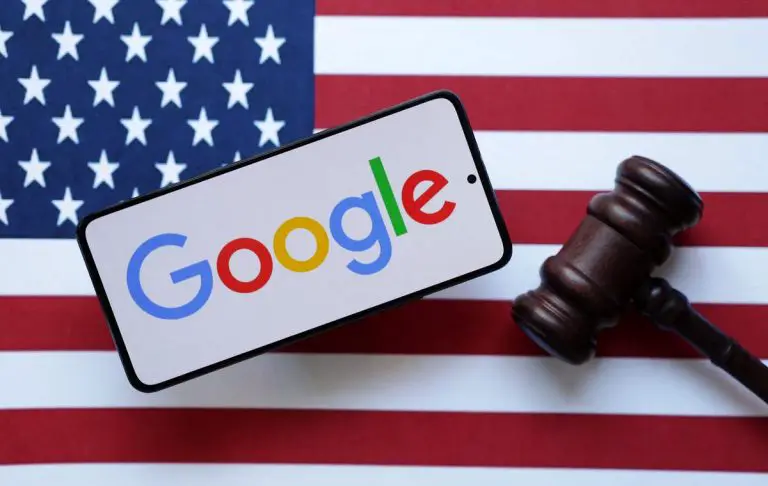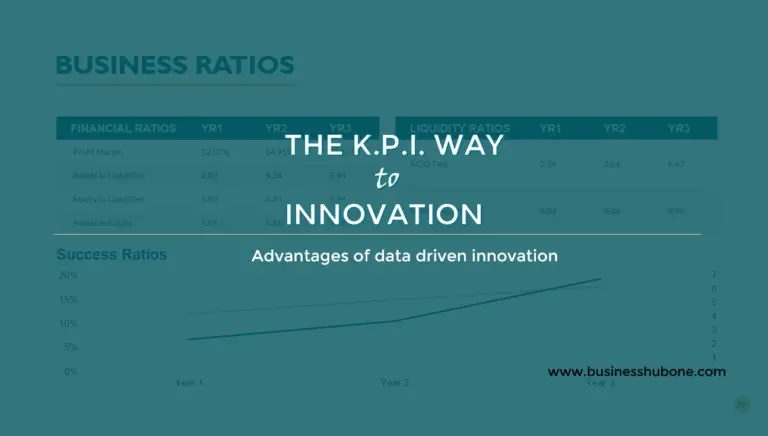Symbiotic relationship in Business
Symbiotic Relationships
Symbiosis
Symbiosis: 1. close coexistence and interaction of two different organisms, usually to the advantage of both. 2. mutually advantageous association.

Symbiotic Relationships in Living Organisms
Also, there may be more specific relationships between particular members of the ecosystem. And these relationships differ according to the benefits derived from such a relationship. These relationships can either be mutualism, commensalism, or parasitism. The common attribute of these relationships is that they are physical.
Mutualism is a mutually beneficial relationship between two or more different kinds of organisms in direct contact with each other. There are two types – symbiotic and non-symbiotic mutualism. In symbiotic mutualism, both organisms interact physically, and their relationship is biologically essential for survival. Whereas, in non-symbiotic mutualism, both organisms live independently but cannot survive without each other. Examples of non-symbiotic mutualism include the bee-flowering plant relationship and the clownfish-sea anemone relationship.


In commensalism, only one of the participants benefit. This benefit comes at no cost to the other participant. Members that participate in this type of relationship are called commensals. A well-known example of this type of connection is that of the egret and grazing mammals. The egrets feed on insects that are exposed by grazing.
However, in a parasitic relationship, one participant benefits at the expense of the other famous examples include parasitic fleas that feed on the blood of dogs and tapeworms that live in the intestine of mammals.
But how does this all relate to businesses and startups?
Businesses and Relationships
In the business/startup world, there is also an ecosystem where the one end is an interdependence of businesses and the other is a relationship between the company and the consumer. Both systems will be considered.
Business-Business Interdependence
All businesses have to interact with another in one way or another. This interaction may be upstream or downstream. This type of relationship is crucial for the functioning of the business in that no business can exist alone. For example, a restaurant will have to work with suppliers of different raw food items and other things needed. Another example I am going to cite is that of smartphone companies. A lot of companies in the smartphone production industry do not make all the components themselves. But instead, rely on other companies. This particular example cuts across most of the tech world.
Businesses can have vertical or horizontal relationships with one another. A vertical relationship is formed between companies in different sections of the supply chain. Whereas, a horizontal connection is created by partnerships/collaboration between businesses with similar customers which are not necessarily competitors.
While it is worthy of note that some companies do backwards and forward integration, still there is almost always a need to interact with other businesses.
Business-Consumer Interdependence
Businesses exist to meet the needs of customers. A company that will succeed must solve a particular problem for the target market. A lot of startups which do not solve a specific issue, or get outcompeted by a better solution usually die out. You can read more about what causes the death of businesses here.
The above paragraph establishes the importance of customers to the existence and survival of a business. Therefore, it only makes sense for a company to develop good relations with its customers. This can be done in a variety of ways, including getting and using customer feedback.
Mutualism, Commensalism, and Parasitism in Business
As mentioned earlier in this post, in mutualism, both participants benefit from the relationship. The relationship between the business and its customers can be classified as being mutualistic. The customers get a solution to a problem, while the company gets paid for providing the solution, both parties benefit. This also applies to business-business interactions, where one business offers products/services to another.
In commensalism, one of the parties (the commensal) benefits, while the other is unaffected. A type of business relationship that can be described as having this attribute is the mentor-mentee relationship Mentors guide and offer advice to their mentees which make them better, without negatively affecting the mentor.
Any type of relationship which subtracts/has a negative impact on your business should be considered parasitic. This can result from unfavourable business terms or a direct theft of intellectual property. Such (parasitic) relationships must be quickly addressed to avoid “stories that touch” :).
Case Studies
Filmhouse and Shoprite
It is commonplace to always find Film house and ShopRite housed in the same location. this allows the two businesses to draw traffic to each other and also go on to make outings pleasurable for customers.
This can work with almost every type of business including web-based businesses, there are many opportunities to make connections with other businesses around and attract several customers for each other.
Working with Established businesses
As a budding entrepreneur or a growing company, a good strategy is working with the bigger more established businesses, your business has a lot to gain from this kind of relationship and I’ve you the required visibility in front of prospective customers.







One Comment
Comments are closed.